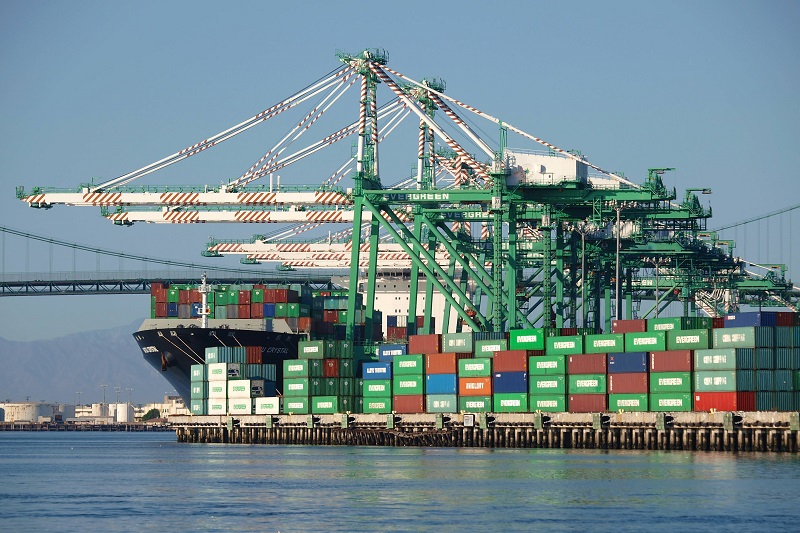Reciprocal Tariffs Begin, Switzerland Leaves DC Empty Handed, German and China Trade Surplus with USA Declines
The financial pundits are putting their customary spin on it, but overall as the reciprocal tariffs begin, things are going well.
China’s trade surplus with the US declined to USD 23.74 billion in July, down from USD 26.57 billion in June, as both exports and imports with the US declined, falling 21.7% and 18.9%, respectively. {LINK}
 For Germany, exports to the U.S. slid 2.1% to 11.8 billion euros, the third consecutive monthly decrease and the lowest value since February 2022, Destatis said. They were 8.4% lower than the same month last year. {LINK} However, since imports from the U.S. increased at the same time, this narrowed Germany’s trade surplus in goods with the U.S.
For Germany, exports to the U.S. slid 2.1% to 11.8 billion euros, the third consecutive monthly decrease and the lowest value since February 2022, Destatis said. They were 8.4% lower than the same month last year. {LINK} However, since imports from the U.S. increased at the same time, this narrowed Germany’s trade surplus in goods with the U.S.
Swiss President Karin Keller-Sutter left Washington empty-handed on Wednesday after a hastily arranged trip to avert a crippling 39% tariff on the country’s exports to the United States, its biggest market, three sources familiar with the matter said. {LINK}
Reciprocal tariffs begin today. “Before Thursday, virtually every country’s goods were subject to a minimum 10% tariff. Now rates vary substantially from country to country.”
The highest rates imposed are on goods from Brazil (50%), Laos (40%), Myanmar (40%), Switzerland (39%), Iraq (35%) and Serbia (35%).
An additional 21 countries also face levies greater than 15%. That includes several countries the US relies heavily on for a variety of goods, such as Vietnam (20%), India (25%), Taiwan (20%) and Thailand (19%).
Goods from India could also be subject to an additional 25% tariff stacked on top of that because of an executive order Trump signed Wednesday that seeks to penalize India for purchasing oil from Russia. That second tariff is slated to take effect on August 27.
Thirty-nine countries’ goods, as well as members of the European Union, are subject to 15% tariffs, according to a list the White House published last week.
Besides Canada and Mexico, all other countries the US imports goods from will continue to face a minimum 10% tariff, albeit with a few exemptions.
Goods from Mexico and Canada are exempt from tariffs if they’re compliant with the US-Mexico-Canada free-trade agreement. If not, goods from Mexico are subject to 25% tariffs, while goods from Canada are subject to 35% tariffs, up from 25% previously. (more)





Post a Comment